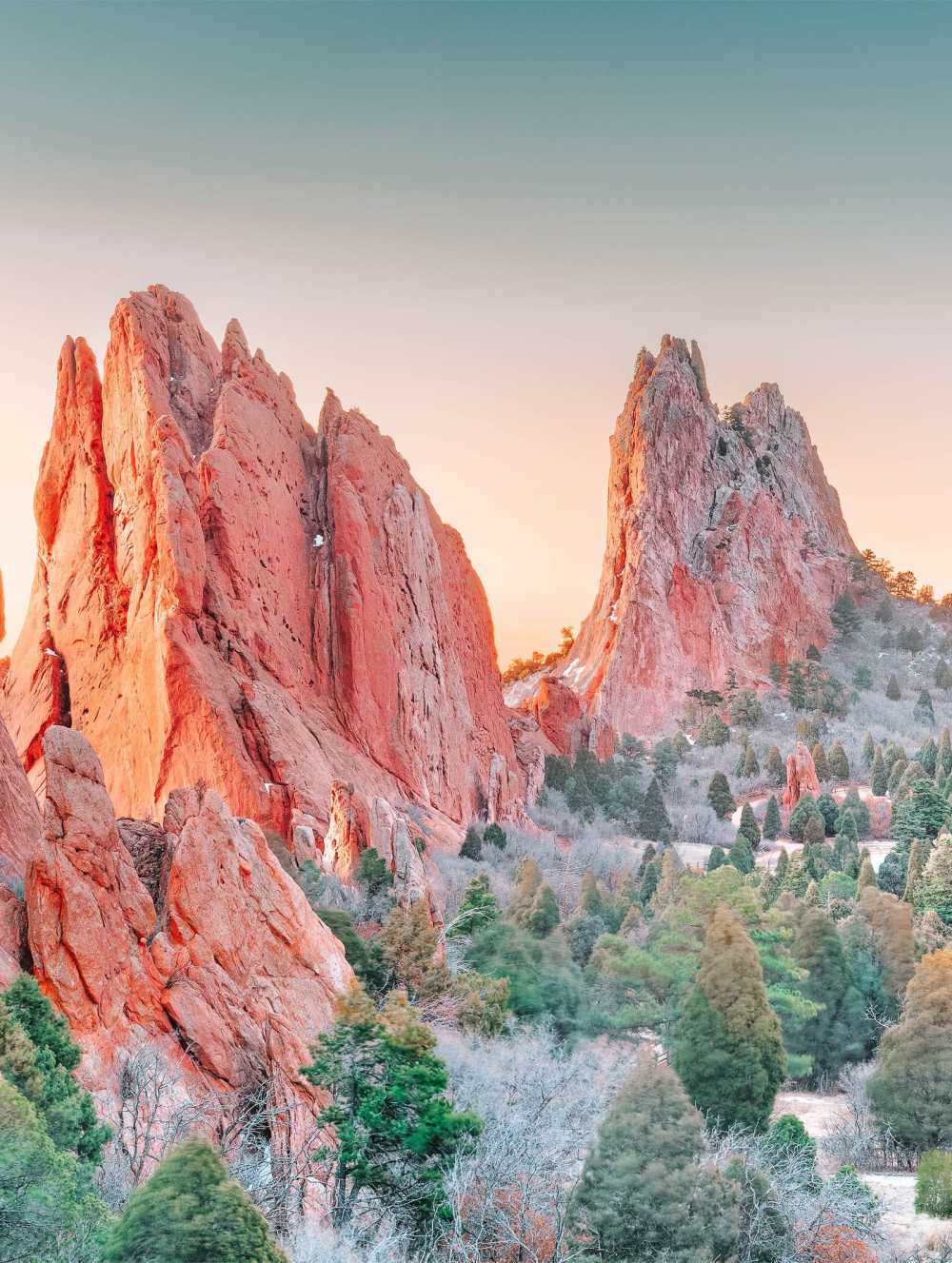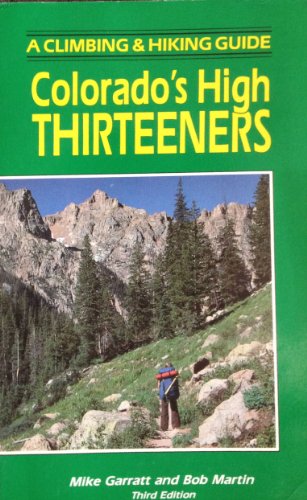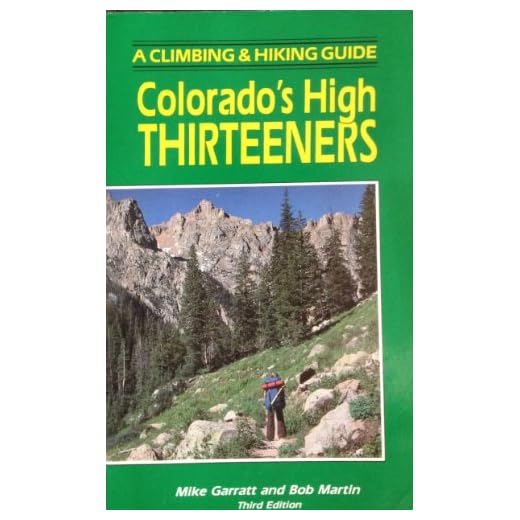


For an unforgettable experience, I highly recommend exploring the trails in the Rocky Mountain State. With its stunning vistas and diverse ecosystems, this region offers some of the finest hiking routes for both seasoned trekkers and beginners alike. In this article, you’ll find a curated list of trails that are perfect for multi-day excursions, complete with tips on what to expect and how to prepare.
This guide is designed for outdoor enthusiasts looking to immerse themselves in nature, whether you’re a solo traveler or planning a trip with friends. Each highlighted trek features unique features and challenges, ensuring there’s something for everyone. I’ll share insights on trail length, difficulty, and the breathtaking sights you won’t want to miss.
From the majestic peaks to serene alpine lakes, the adventures detailed in this article will inspire you to pack your gear and hit the trails. Prepare to discover hidden gems and iconic routes that showcase the natural beauty of the region, making your time in the great outdoors both rewarding and memorable.
Best Spots for Hiking Adventures in Colorado
Rocky Mountain National Park offers breathtaking vistas and diverse trails suitable for various skill levels. Trails like the Bear Lake Corridor lead to stunning alpine lakes and provide opportunities for wildlife observation. The elevation changes and scenic overlooks make this area a favorite for both novice and experienced hikers.
The San Juan Mountains present a rugged and remote experience. The area is known for its spectacular peaks and vibrant wildflower meadows. Routes like the Handies Peak Trail lead to high-altitude adventures, showcasing the beauty of this lesser-traveled region. Here, solitude and nature intertwine seamlessly.
Other Noteworthy Trails
- Maroon Bells: Renowned for its iconic twin peaks, this area features several trails that wind through lush forests and around pristine lakes.
- Flatirons: Located near Boulder, these striking rock formations offer a variety of trails with panoramic views of the surrounding valleys.
- Weminuche Wilderness: This vast area is perfect for those seeking remote backcountry experiences, with trails that lead to untouched natural beauty.
Each region provides unique challenges and scenery, catering to different preferences. Whether one seeks high-altitude treks or more accessible paths, the options abound. Always prepare adequately and respect the natural environment during your adventures.
Exploring the Rocky Mountain National Park Trails
For those looking to experience the rugged beauty of the Rocky Mountain National Park, the trails offer a unique opportunity to connect with nature. One of the most rewarding hikes is the Emerald Lake Trail, where hikers are greeted by stunning views of alpine lakes and towering peaks.
This trail spans about two miles round trip, making it accessible for various skill levels. Along the way, visitors can enjoy the vibrant wildflowers in summer and the captivating fall colors in autumn. Keep an eye out for wildlife, including elk and marmots, often seen in the area.
Trail Highlights
Each route within the park has its own distinct features that cater to different hiking preferences. Here are a few noteworthy trails:
- Bear Lake Trail: A short, easy loop that provides breathtaking views of the surrounding mountains and a chance to see Bear Lake.
- Alpine Ridge Trail: This trail leads to one of the highest points accessible by foot, offering panoramic views that are particularly stunning at sunrise.
- Longs Peak Trail: For those seeking a challenge, this strenuous hike to the summit of Longs Peak rewards adventurers with unforgettable vistas.
Planning ahead is advisable, especially considering the varying weather conditions that can occur. Carrying adequate water, snacks, and gear will enhance the experience significantly. Additionally, early morning hikes can provide a quieter atmosphere and a chance to witness wildlife in their natural behavior.
In conclusion, the diverse trails within Rocky Mountain National Park provide unparalleled opportunities for exploration and adventure. Each route offers a different perspective of the park’s natural beauty, making every hike a memorable experience.
Hidden Gems: Lesser-Known Backpacking Routes
For those seeking solitude and stunning vistas, consider the Lost Creek Wilderness. This area offers an intricate network of trails that lead through serene forests and granite formations. The variety of terrain ensures that hikers of all skill levels can find suitable routes, with opportunities for camping near clear mountain streams.
The Flat Tops Wilderness provides another intriguing option. Here, the unique flat-topped mountains create a striking backdrop for outdoor enthusiasts. Trails from the Stillwater Reservoir lead into remote areas filled with wildflowers and abundant wildlife. Exploring this region allows for both challenging hikes and peaceful moments amidst nature.
Additional Routes Worth Exploring
- Indian Peaks Wilderness: Features less-traveled paths that reveal hidden lakes and breathtaking alpine views.
- Mount Zirkel Wilderness: Offers a rugged experience with fewer visitors, ideal for those wishing to connect with nature.
- Gore Range: An area known for dramatic scenery, where trails meander through untouched landscapes.
Each of these locations presents a unique opportunity to experience the beauty of the mountains without the crowds. Plan your trip to discover these hidden treasures and immerse yourself in the tranquility they offer.
Best Seasonal Backpacking Adventures in Colorado
Summer offers unparalleled opportunities for exploration in the high country. Trails like the Four Pass Loop near Aspen showcase pristine alpine lakes and sweeping mountain vistas. This challenging trek spans approximately 26 miles and requires traversing four mountain passes, making it a favorite among seasoned adventurers.
Autumn transforms the scenery with stunning fall foliage. The San Juan Mountains become a canvas of gold and red, particularly along the Sneffels Highline Trail. This route provides breathtaking views and dramatic terrain, ideal for those seeking to capture the seasonal beauty through photography or simply to enjoy nature’s artistry.
Winter Adventures
Winter opens a different realm for enthusiasts. The Rocky Mountain National Park presents a unique opportunity for snowshoeing or winter hiking. The Bear Lake Trail is accessible and showcases frozen waterfalls and snow-covered pines, offering a serene escape in the colder months.
Spring ushers in melting snow and blooming wildflowers. Trails like the Crags Trail near Pikes Peak become increasingly accessible, revealing vibrant colors and wildlife awakening from winter slumber. This is an excellent time for those eager to witness the re-emergence of nature.
- Summer: Four Pass Loop
- Autumn: Sneffels Highline Trail
- Winter: Bear Lake Trail
- Spring: Crags Trail
Essential Tips for Exploring Colorado’s Wilderness
Always check weather conditions before heading out. Mountain weather can change rapidly, leading to hazardous situations. Carry a reliable weather app or a portable weather radio to stay updated.
Plan your route meticulously. Utilize topographic maps and GPS devices to familiarize yourself with the terrain. Knowing the trails and potential obstacles can prevent unexpected detours and enhance safety.
Key Recommendations
- Hydration: Maintain proper hydration by carrying enough water or a filtration system to access natural sources along the trail.
- Wildlife Awareness: Be cautious of wildlife encounters. Store food securely and know how to react if you come across animals like bears or mountain lions.
- Leave No Trace: Follow the Leave No Trace principles to minimize your impact on the environment. Pack out all trash and avoid damaging vegetation.
- Altitude Acclimatization: Gradually acclimatize to higher altitudes to avoid altitude sickness. Spend a day or two at a mid-elevation before heading to extreme heights.
- Emergency Kit: Carry a basic first aid kit, a multi-tool, and a whistle. These can be lifesavers in case of an emergency or injury.
Embrace the experience but remain cautious. The wilderness is breathtaking yet unpredictable. With adequate preparation and respect for nature, your excursions will be rewarding.
Best places to backpack in colorado
Features
| Edition | 1 |
| Language | English |
| Number Of Pages | 244 |
| Publication Date | 1986T |
Features
| Part Number | Firemaple-019 |
| Model | Firemaple-FMS-X1-BLACK |
| Warranty | 3 Years |
| Color | Black |
| Size | X1 |
Features
| Model | AN-SF1602W-Black-M |
| Color | Black |
| Is Adult Product | |
| Size | Medium |
Video:
FAQ:
What are some of the best backpacking trails in Colorado for beginners?
For beginners, some recommended backpacking trails in Colorado include the Lost Lake Trail, which is accessible and offers stunning views without too much elevation gain. Another great option is the Four Lakes Trail in the Indian Peaks Wilderness, where hikers can enjoy beautiful alpine lakes and relatively easy terrain. The Crater Lake Trail is also a good choice, featuring a short distance and a scenic lake at the end. These trails provide a perfect introduction to backpacking while allowing newcomers to appreciate the natural beauty of Colorado.
What should I pack for a backpacking trip in Colorado?
When preparing for a backpacking trip in Colorado, it’s essential to pack lightweight and durable gear. Start with a reliable backpack, a tent suitable for the season, and a sleeping bag rated for the temperatures you expect. Bring cooking equipment like a portable stove, lightweight cookware, and enough food for your trip. Hydration is crucial, so include a water filter or purification tablets. Don’t forget essential clothing layers, a first aid kit, and navigation tools like a map and compass. Lastly, pack some snacks for energy during your hike. Being well-prepared ensures a safe and enjoyable experience.
Are there any safety tips for backpacking in Colorado’s wilderness?
Safety is paramount when backpacking in Colorado. First, always check the weather forecast before your trip, as conditions can change rapidly. Make sure to inform someone of your itinerary and expected return. Carry a map and compass, and consider a GPS device for navigation. Be aware of wildlife and keep food stored properly to avoid attracting animals. Additionally, acclimate to higher elevations to prevent altitude sickness, and stay hydrated. Finally, familiarize yourself with Leave No Trace principles to protect the environment. Following these guidelines helps ensure a safe and responsible backpacking experience.








